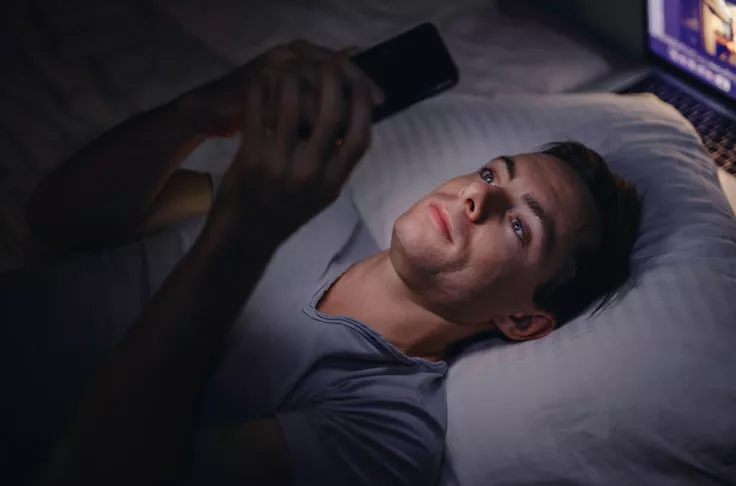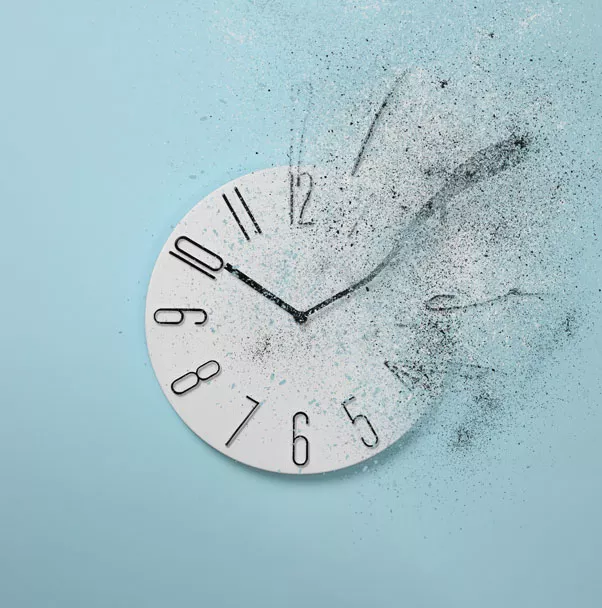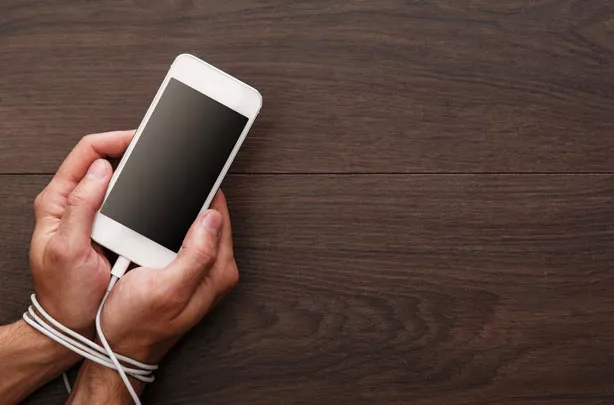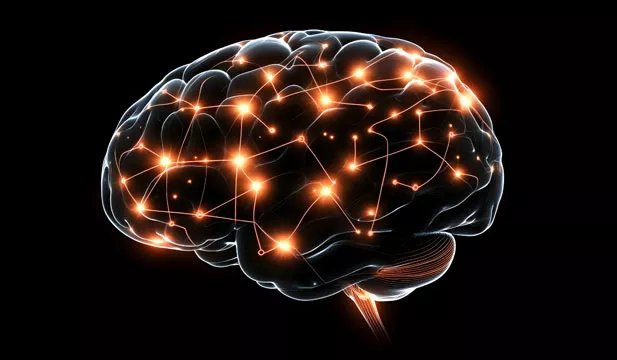Breaking Free From the Scroll: How Your Brain Can Help You Reclaim Your Life

Breaking Free From the Scroll: How Your Brain Can Help You Reclaim Your Life
Do you feel trapped in a cycle you can't quite explain? You pick up your phone for "just a second"—and suddenly an hour's gone. When you can't check your feeds, anxiety creeps in. You wonder what you're missing. You compare yourself to everyone else's highlight reel. And even though you know it's taking over your life, you can't seem to stop.
This might sounds painfully familiar, and it's important to remember that you're not weak, and you're not alone.
What's Really Happening in Your Brain
Here's something most people don't realize: your brain processes social media interactions similarly to real-world social situations. When someone criticizes your post, ignores your comment, or gets more engagement than you? The oldest parts of your brain—the parts responsible for survival and threat detection—can't always distinguish between virtual rejection and real-world danger.
Think about what happens in your body when you're called out online. When your post gets ignored while someone else's goes viral. When you're attacked in the comments with no way to respond effectively. Your heart pounds. Your stomach drops. You can't stop checking your phone.
That's not a character flaw. That's your nervous system responding to what it perceives as a social threat—and in our evolutionary history, social rejection could mean being cast out from the safety of the group.
The problem? Your brain has started treating constant phone-checking as a safety behaviour. It's trying to protect you by keeping you vigilant. And it's exhausting you in the process.
Two Different Experiences

When working on this issue, something stands out: not everyone experiences this the same way. Understanding your pattern can be the first real step toward freedom.
The Time-Loss Pattern
You actually enjoy social media and the connections it brings. Negative interactions don't tend to stick with you—you might respond and move on. Your real frustration is simpler but just as maddening: hours vanish into the scroll. You keep promising yourself "just five more minutes." You want to reclaim your time without completely giving up something you find valuable.
The Anxiety-Driven Pattern
For you, this has become a source of real distress. You're checking constantly, feeling genuine panic when you can't access your accounts. Negative interactions replay in your mind for hours or days. You compare yourself relentlessly to others. What started as connection has become something that's damaging your mental health, your relationships, and your sense of peace.
Which one resonates more deeply with you?
Why the Pull Is So Strong

Reading shows that Social media has shifted dramatically. It's no longer just mindless scrolling—it's become how we stay informed and connected. News consumption jumped 30-58% across platforms since 2021. People are using TikTok to message friends and family (up 58%), and Instagram and Snapchat for connection (both up 23%).
The irony? Social media is finally becoming actually social again—right when so many of us are struggling to pull ourselves away from it.
No wonder willpower alone doesn't work.
Why "Just Stop" Doesn't Work

You've probably tried to "just cut back" before. Maybe you deleted the apps, only to reinstall them within days. You set screen time limits that you blow right past. You promised yourself you'd only check once a day, then found yourself scrolling before breakfast.
Here's is what keeps happening: when your brain has linked a behaviour to emotional regulation, social connection, or threat monitoring, trying to stop through willpower alone is like trying to hold your breath indefinitely. Eventually, your brain's protective mechanisms will override your conscious intentions.
That doesn't mean you're doomed—it means you need a different approach.
A Different Way Forward: Working With Your Brain, Not Against It
Effective therapy for behavioural patterns like this works at the level where these patterns were formed—in the automatic, pre-conscious processing of your brain. Rather than relying solely on willpower and conscious decision-making, we need to help your nervous system learn that:
- You're safe even when you're not constantly connected
- Closing the app can feel like relief, not deprivation
- Connection and information are available without constant vigilance
- You have agency in how you engage with technology
This is How Brain Working Recursive Therapy (BWRT) Works

BWRT, a modern model of psychology and psychotherapy created by UK professional therapist, Terence Watts, MCGI, works differently because it speaks directly to that primitive part of your brain—before your conscious mind even gets involved.
Think of it as rewiring the alarm system that's been keeping you hooked.
Instead of fighting against your urges with willpower alone, BWRT helps your brain create new pathways. We're not forcing change—we're helping your nervous system discover new, healthier patterns that actually feel better than the old ones. You will soon discover that you can close the app and feel relief instead of panic. That you can choose when and how you engage, rather than feeling controlled.
The process is remarkably straightforward, and here's what makes it so powerful: it typically works in just a few sessions.
What Actually Happens in BWRT Sessions
Let me walk you through what our work together might look like.
First, we'll identify exactly what's driving your particular pattern—because your experience is uniquely yours. We'll explore what social media triggers for you emotionally, what past experiences might be amplifying your responses, and what you truly want your relationship with technology to look like going forward.
Then, using specific BWRT techniques, we'll help your brain create new neural pathways. You'll learn to recognize when you're being pulled into the scroll, and your brain will start automatically offering you a different response—one that feels like relief rather than deprivation.
Here's what one of my clients told me: "I used to feel panic when I couldn't check my phone. Now? I feel this weird sense of freedom when I close the app. It's like my brain finally understands that nothing bad happens when I'm not constantly connected."
The Timeline: Weeks, Not Years
One of the questions I hear most often is: "How long will this actually take?" While everyone's journey is different, many people experience significant shifts in 3 or 4 sessions. That's because we're working directly with your brain's natural capacity for change, not trying to force something that goes against your wiring.
Between sessions, you'll have practices to do—simple exercises that help reinforce the new patterns we're creating. Nothing complicated or time-consuming, but consistent enough to give your brain the repetition it needs to make lasting change.
Your Next Step

What would your life actually look like if social media returned to being a tool you control, rather than something controlling you?
Imagine picking up your phone with real intention. Checking what you want to check. Then putting it down without that nagging pull to keep scrolling. Picture yourself fully present at dinner, at work, with the people you love—without your hand constantly reaching for your device.
That's not just wishful thinking. That's what becomes possible when we work with your nervous system instead of against it.
If you've recognized yourself in any of these descriptions—whether you're someone who just wants their time back, or someone truly struggling with social media-related anxiety— remember that change is more accessible than you might think.
Your brain is remarkably adaptable, and with the right support and approach, those patterns that feel so deeply entrenched right now can shift surprisingly quickly.
You don't have to figure this out alone, and you don't have to keep struggling. The scroll can stop controlling you. Your nervous system is ready to learn a new way—are you ready to explore what that could look like?
Ready to take the first step? Reach out and let's talk about what's possible for you.
Find out more about BWRT
"BWRT" stands for "BrainWorking Recursive Therapy®", a modern model of psychology and psychotherapy created by UK professional therapist, Terence Watts and delivered by Certified Practitioners who adhere to a strict ethical code.
BWRT uses a totally logical, practical method in which it's not necessary for you to talk about anything you'd rather not discuss—the practitioner only needs to know how you feel and how you want to feel instead. It's unlike any other therapy you might have heard of or read about, using the latest discoveries in neuroscience coupled with your own unique brain processes to help you get better.
I have been training in and using BWRT for over 10 years and I'd be happy to discuss how BWRT can help you regain serenity not only with social media but with other issues you might be concerned about.
Find out more at http://www.bwrt.org. You might want to watch this short video: BWRT in 2
Ne manquez jamais un nouvel article de journal
Inscrivez-vous à la newsletter pour rester au courant des dernières actualités du blog et obtenir des réponses sur la santé mentale et les relations.


.jpg)




